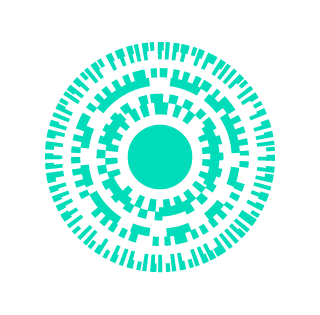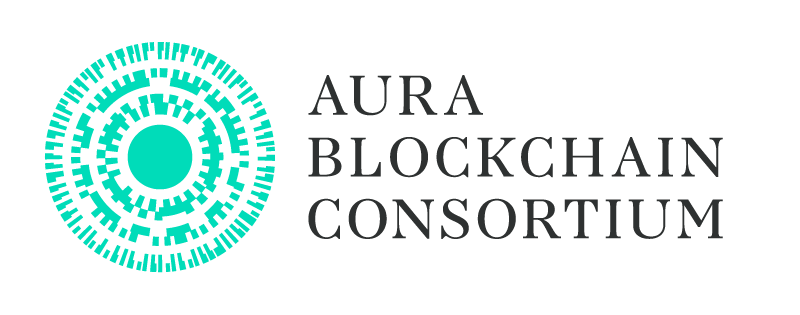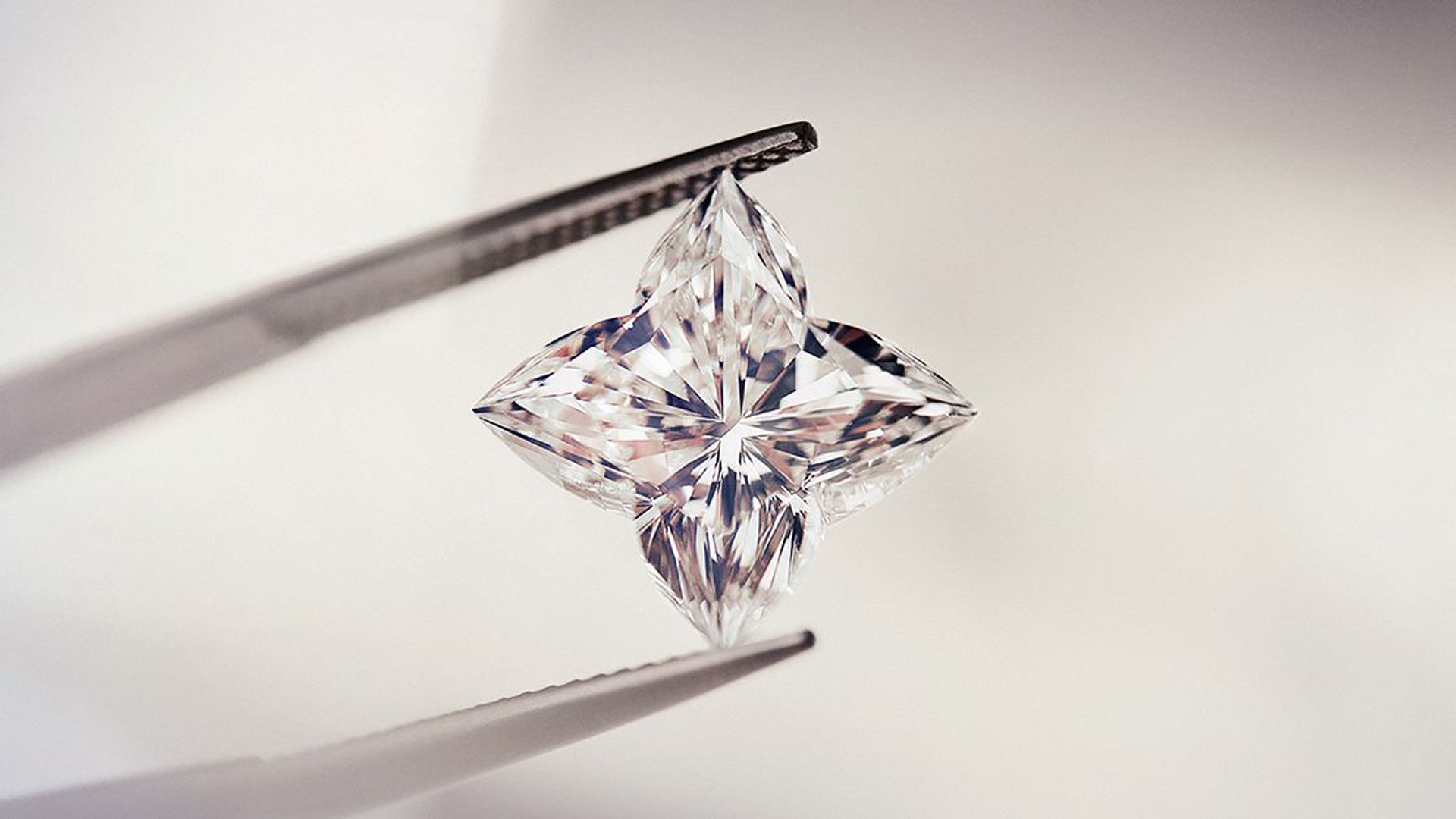Diamonds are a universal symbol of romance and commitment between two individuals in love. In this sense, diamonds have become the ultimate representation of trust between the giver and the receiver. However, for an object as inherently valuable as a diamond, the concept of trust becomes relevant from the moment the stone is mined. Establishing trust in the provenance and treatment of a diamond throughout its lifetime before it reaches the customer has long been a challenge for the jewellery industry.
Now, blockchain technology offers the means for jewellers and luxury brands, mining firms, dealers, and other industry participants to bring unprecedented transparency into a stone’s journey from mining to mounting. Louis Vuitton and Aura Blockchain Consortium are proud to be among those blazing a trail in diamond traceability on the blockchain.
Creating a Shared Source of Truth
Over recent years, the luxury sector has become alive to the opportunities of blockchain technology, which offers unique properties in supply chain transparency and traceability. Rather than firms maintaining their own records of goods in and goods out, parties in a supply chain can use a blockchain ledger as a unified, shared source of truth regarding the provenance and status of any given product.
Each party is involved in consensus over the state of the ledger and maintains its own identical copy. This decentralized storage creates an immutable source of truth regarding sourcing, manufacturing, and ownership.
The founding members of Aura Blockchain Consortium are LVMH, Mercedes-Benz, OTB Group, Prada Group, and Cartier, part of Richemont. The Consortium was established with the goal of developing the applications of blockchain technology and raising standards for the luxury sector.
Each member of the Aura Blockchain Consortium recognizes that there are substantial opportunities to apply blockchain in the luxury sector, particularly in supply chains. The global counterfeit trade in luxury goods was estimated at over $2.5 trillion in 2019, and brands are eager to leverage blockchain’s capabilities in authenticating often-copied goods.
However, the traceability of jewellery – specifically diamonds – has been a long-standing challenge for the industry as it fights to ensure that only diamonds sourced in conflict-free zones are accepted onto the market. In 2003, the Kimberley Process was introduced as a multilateral trade regime adopted by countries and organizations worldwide. It is designed to prevent the flow of rough diamonds sold to finance conflict, typically in diamond-rich African nations.
Other initiatives like the Responsible Jewelry Council (RJC) exist to ensure adherence to standards around areas such as labour, social, and environmental practices.
Introducing Proof of Provenance to the Louis Vuitton Diamonds
While the various initiatives have undoubtedly had a positive impact on the industry, introducing blockchain into the diamond supply chain offers the opportunity for unparalleled traceability and transparency, elevating trust across the entire industry. Watches & Jewellery (W&J) Maisons have long had a role to play in diamond traceability. Louis Vuitton, who initiated the Aura Blockchain Consortium, is proud to be among those blazing a trail with the first LV Diamond Certificate, and therefore powered by the Aura blockchain.
Provided with each LV Diamonds creation set with a central stone, the accompanying encrypted digital file lists each diamond’s weight, colour, purity, and cut quality. It also tracks its journey, from the country where the diamond was extracted to its arrival in its case, through the workshops where it was cut, polished and mounted by skilled artisans. Each chapter in the story of an LV Diamonds creation is written down on the blockchain, carefully documented for the final owner, who has a guarantee that they are buying a genuinely timeless stone that can be given in the true spirit of trust.
Using blockchain solves many issues related to responsible sourcing, as the decentralized way that data is updated and stored makes it forgery-proof. It also ensures that the stone retains its value, as the certificate stays with it throughout its life, protecting the resale value and offering assurances to any subsequent buyer that it was sourced responsibly.
Along with the many practical benefits, there’s also a conceptual synergy between the inherent timelessness of a diamond and the hard immutability of its accompanying blockchain record. Louis Vuitton customers can now expect the same resilience of the diamond provenance history as from the gem itself.
LV Diamond Certificates raise the bar for responsible sourcing in the diamond sector, introducing a new best-in-class service for consumers that have come to expect only the highest standards. They also further underscore Louis Vuitton’s commitment to environmental and social sustainability.
Furthermore, this partnership is only one of the many benefits that blockchain is delivering for the luxury sector. Enhancing trust and transparency across supply chains is a far-reaching application of Aura Blockchain Consoritum’s technology in the luxury sector. Beyond these substantial benefits, the rapid adoption of innovations like NFTs and the metaverse is also creating new digital channels of customer engagement and revenue.
The Aura Blockchain Consortium is open to all operators across the luxury sector. Brands can choose how to engage – either as a full member running a self-hosted validator node or take advantage of Aura Blockchain Consortium’s cloud infrastructure for a hosted solution suitable for smaller brands. For more information, please see the website or contact us for an initial discussion.



